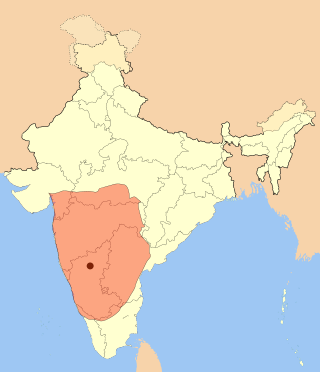Top Qs
Timeline
Chat
Perspective
543
Calendar year From Wikipedia, the free encyclopedia
Remove ads
Year 543 (DXLIII) was a common year starting on Thursday of the Julian calendar, the 543rd year of the Common Era (CE) and Anno Domini (AD) designations, the 543rd year of the 1st millennium, the 43rd year of the 6th century, and the 4th year of the 540s decade. As of the start of 543, the Gregorian calendar was 2 days ahead of the Julian calendar, which was the dominant calendar of the time.

Remove ads
Events
By place
Europe
- Spring – Siege of Naples (542–543): The Byzantine garrison (1,000 men) in Naples surrenders to the Ostrogoths, pressed by famine and demoralized by the failure of two relief efforts. The defenders are well treated by King Totila, and the garrison is allowed safe departure, but the city walls are partly razed.[1]
Africa
- The fortress city of Old Dongola (modern Sudan) along the River Nile becomes the capital of the Kingdom of Makuria. Several churches are built, including the "Old Church" (approximate date).
Persia
- Summer – Khosrow I, Shahanshah of the Sasanian Empire, invades Syria again, and turns south towards Edessa to besiege the fortress city.
- The Hephthalites threaten the Sasanian Empire from the East. They extend their domain in Central Asia (approximate date).
- Battle of Anglon: A Byzantine invasion of Persarmenia is defeated by a much smaller force from the Sasanian Empire.
Asia
- King Pulakeshin I establishes the Chalukya dynasty in India. He extends his kingdom by conquering Vakataka and the west coast of Karnataka, giving him access to the valuable Arabian Sea trade routes.[2]
By topic
Learning
- Approximate date – The Yupian (玉篇) Chinese dictionary is edited by Gu Yewang.
Religion
- The doctrine of apocatastasis is condemned by the Synod of Constantinople.
- Barsanuphius, a famous hermit close to Gaza, retreats fully from the world after the death of Seridus, abbot of the nearby monastery, and fellow hermit John the Prophet with whom he wrote over 850 letters to people seeking his advice and guidance. Aelianos follows Seridus as abbot of the monastery.[3][4]
Remove ads
Births
- Brunhilda, queen of Austrasia (approximate date)
- Columbanus, Irish missionary (d. 615)
- Jing Di, emperor of the Liang dynasty (d. 558)
- Wu Di, emperor of Northern Zhou (d. 578)
Deaths
- Octa, king of Kent (approximate date) (b. 500)
- Adolius, Byzantine officer
- John the Prophet, Palestinian hermit and Desert Father[5]
- Seridus of Gaza, Palestinian abbot[3]
References
Wikiwand - on
Seamless Wikipedia browsing. On steroids.
Remove ads
